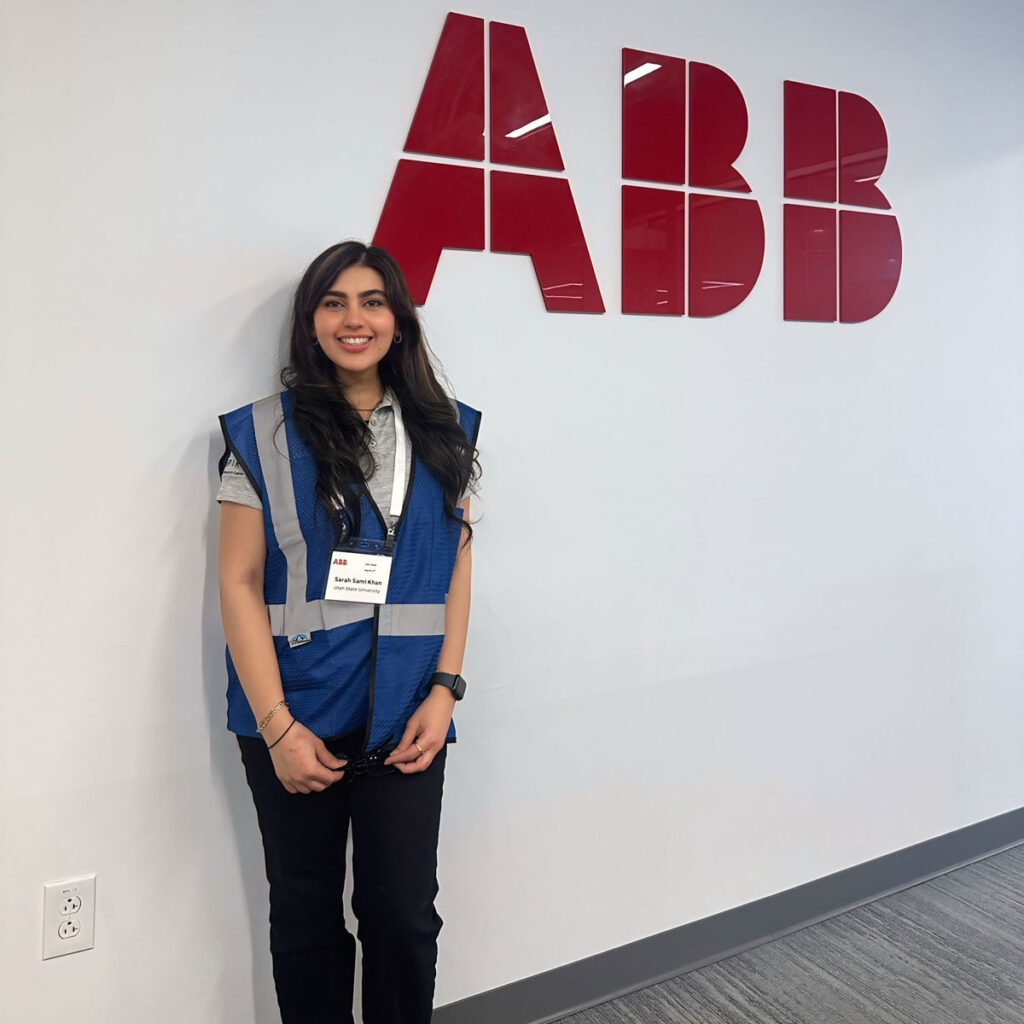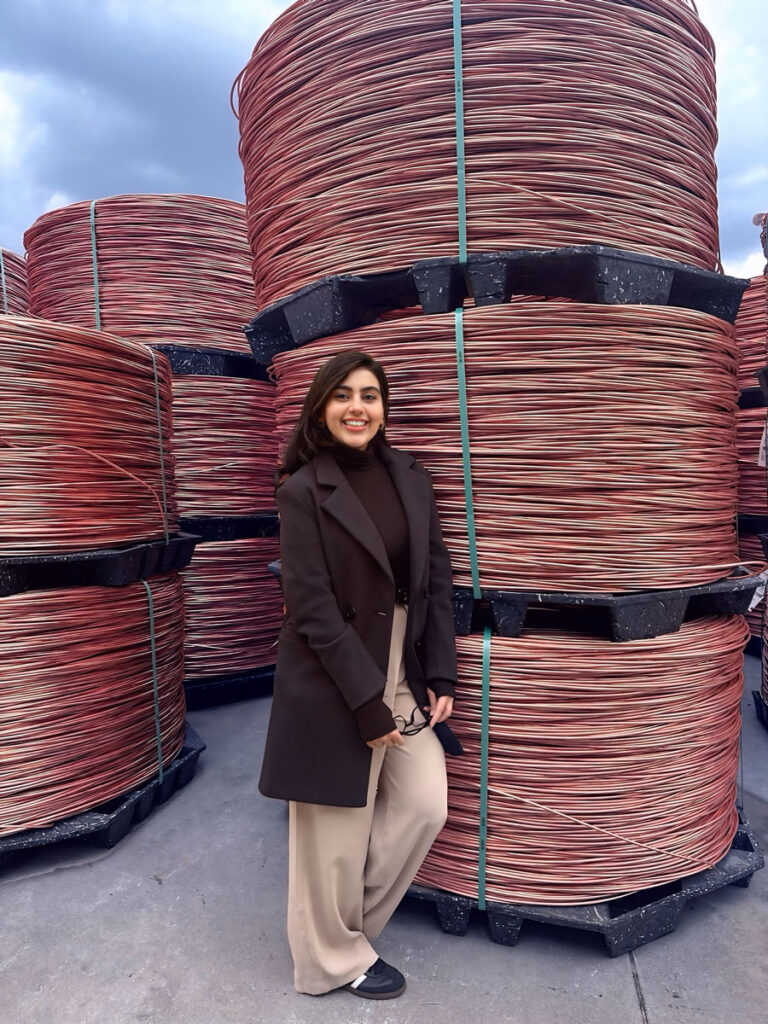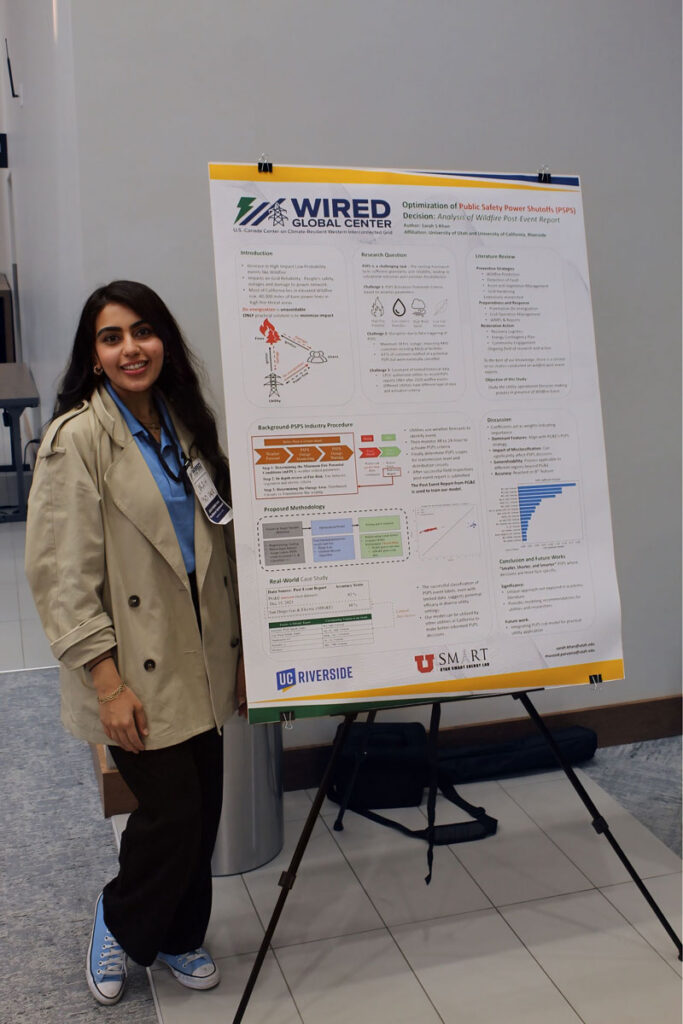Transforming ‘Problem’ To ‘Pattern’: ASPIRE Student Researches Post-Wildfire Utility Availability

While some researchers focus on the day-to-day, traditional operations when striving to support a more resilient grid, Ph.D. candidate Sarah Sami Khan, with faculty advisor Masood Parvania from University of Utah, one of ASPIRE’s affiliated universities, instead looks at the abnormal events that impact the power system.
“I am especially drawn to studying high-impact, low-probability (HILP) events like wildfires because they expose vulnerabilities that traditional planning and operations often overlook,” Khan said. “While these events are rare, their consequences can be devastating, and I felt a strong responsibility to focus my research on how we can better anticipate and prepare for them.”
Khan’s passion for her research is part of what makes her a successful Ph.D. candidate, according to Electrical and Computer Engineering Professor Masood Parvania.
“Sarah is a smart and hardworking student whom I enjoy mentoring,” Parvania said. “She is fast to grasp ideas and comes up with her own ideas and methods to solve the challenging problem of enhancing grid resilience to wildfire.”
One key method used for this study was the curation and organization of data from a variety of publicly available utility post-event wildfire reports. This process proved to be an intensive and meticulous effort, as these data sets were often inconsistent, fragmented, and scatter across multiple years, according to Khan.
“Transforming them into a usable research dataset required careful coding of ignition causes, equipment details, environmental conditions, and utility responses,” she explained. “That process itself was an important learning experience — it taught me how much effort goes into shaping raw, messy information that can reveal meaningful patterns.”
That process of transforming “problem” to “pattern” made this study “both challenging and rewarding” for the University of Utah Ph.D. candidate.
“What started as hundreds of individual reports turned into clearer picture of the risks utilities face and the strategies they employ,” she said. “It showed me how research can bridge the gap between scattered observations and broader system-level insights.”


This opportunity allowed Khan to better understand what it means to be a researcher in academia.
“The experience helped me grow as a researcher — navigating peer review, learning to communicate complex results clearly, and keep the larger picture in mind of how power systems can evolve to better withstand the risks that communities face,” she said.
Her hard work paid off and, with the help of her faculty mentors, she was able to publish her research and share her findings with the scientific community.
“Seeing the paper accepted at IEEE SmartGridComm was especially gratifying, not only because it reflected months of effort, but because it reinforced why I chose this path in the first place: to work on research problems that matter for people, not just the gird,” Khan shared. “It also gave me confidence that this kind of work can contribute meaningfully to the broader conversation on resilience and wildfire risk.”
Parvania added that these publication opportunities are a vital part of the research process.
“Peer-reviewed publication is essential to disseminate the cutting-edge research resulting from public investment in training the next generation of engineering researchers and professionals,” he explained.
Building from this critical experience, Khan plans to look forward to additional opportunities to grow as a researcher and discover how her work can “contribute to building a resilient and adaptive power system.”
“Looking ahead, I hope to build on this foundation through ASPIRE by continuing to publish, collaborate across disciplines, and translate research into actionable strategies for utilities and policymakers,” she said. “Ultimately, I see my role as helping to create the kind of resilient grid that can adapt to uncertainty, protect vulnerable communities, and meet the challenges of a changing climate.”
Those interested in diving further into Khan’s research can view her publication here. For students interested in discovering what role they could play in building a resilient grid through ASPIRE, reach out to Student Engagement Coordinator Melanie Conrad.
About ASPIRE:
ASPIRE, a National Science Foundation Engineering Research Center headquartered at Utah State University, leads groundbreaking research and development to accelerate electrification. With over 400 global collaborators, ASPIRE focuses on creating seamless, affordable electrified transportation systems, accessible for all vehicle classes, along with the public infrastructure needed to support them. By reducing emissions, improving air quality, and fostering economic growth through job creation and workforce training, ASPIRE’s work spans engineering, social science, policy, and business. Partnering with top universities, industry leaders, and community groups, ASPIRE is driving the future of advanced transportation. Learn more at aspire.usu.edu.
Contacts:
Melanie Conrad
Student Engagement Coordinator
ASPIRE ERC
Writer:
Kayleigh Kearsley
Marketing & Communications Intern
ASPIRE ERC